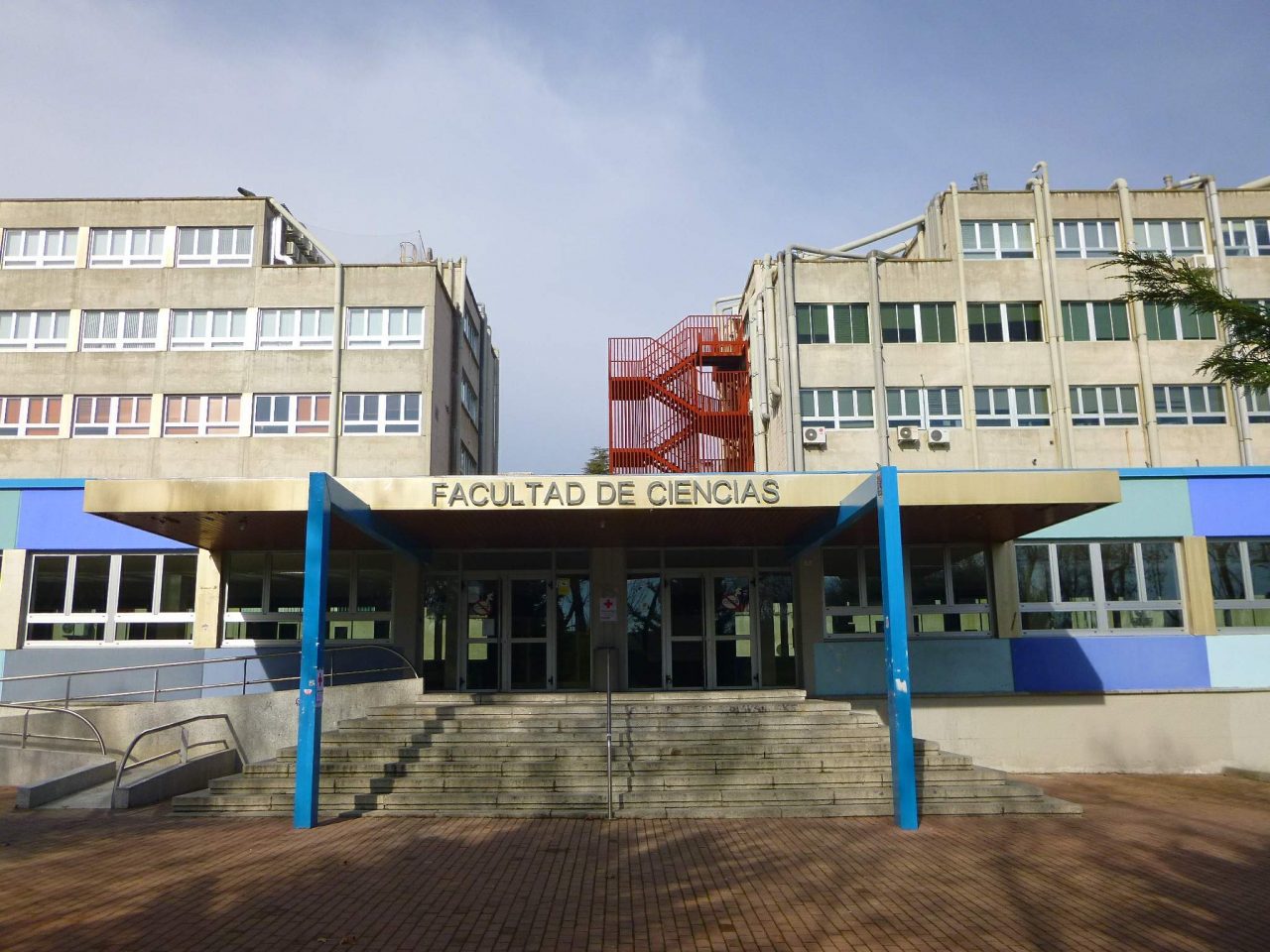
Universidad autonoma de madrid wikipedia
Universidad autonoma de madrid wikipedia
Contenidos
Universidad pontificia de comillas
La Universidad Autónoma de Madrid (UAM), comúnmente conocida como la Autónoma,[4][5] es una universidad pública española situada en Madrid, España. La universidad fue fundada en 1968 junto con la Universidad Autónoma de Barcelona, en Barcelona. La UAM es ampliamente respetada como una de las universidades más prestigiosas de Europa. Según el prestigioso QS World University Rankings 2022, la UAM está clasificada como la mejor universidad de España.
El campus de la universidad se extiende por una extensión rural de 260 hectáreas, en su mayor parte en los alrededores del área metropolitana de Madrid. Fundada en 1968, su campus principal, Cantoblanco, está situado cerca de las ciudades de Alcobendas, San Sebastián de los Reyes y Tres Cantos. El Campus de Cantoblanco de la UAM alberga la mayor parte de las instalaciones de la universidad. Está situado a 15 km al norte de Madrid y cuenta con una extensión de más de 2.200.000 m2. De ellos, casi 770.000 m2 están urbanizados y cerca de un tercio son zonas ajardinadas. La UAM ofrece 94 programas de doctorado en todos los estudios universitarios. También ofrece 88 títulos de máster.
European university of madrid (c
Like the Autonomous University of Barcelona and the University of Bilbao (later called the University of the Basque Country), the Autonomous University of Madrid was born thanks to Decree-Law 5/1968 approved by the Council of Ministers.[3] This reform was carried out by the then Minister of Education and Science, José Luis Villar Palasí, to allow a university restructuring. Its official denomination as “Universidad Autónoma de Madrid” appears in an Order of the Ministry of Education and Science of August 13, 1968.[4] The UAM was created to alleviate the problems of the university.
The UAM was created to alleviate the problem of overcrowding in university classrooms. Its location outside the city of Madrid was due to the desire to disperse the students in order to reduce their protests against the regime of Francisco Franco. In fact, the Cantoblanco Campus is in the north of the city of Madrid, in the countryside, because when the time comes it could be easily taken over by security forces.[citation needed]
Eight faculty libraries and various documentation centers serve the entire university community, providing those information resources necessary for the development of research, teaching and study:
Universidad autónoma de madrid ranking
Like the Autonomous University of Barcelona and the University of Bilbao (later called the University of the Basque Country), the Autonomous University of Madrid was born thanks to the Decree-Law 5/1968 approved by the Council of Ministers.[3] This reform was carried out by the then Minister of Education and Science, José Luis Villar Palasí, to allow a university restructuring. Its official denomination as “Universidad Autónoma de Madrid” appears in an Order of the Ministry of Education and Science of August 13, 1968.[4] The UAM was created to alleviate the problems of the university.
The UAM was created to alleviate the problem of overcrowding in university classrooms. Its location outside the city of Madrid was due to the desire to disperse the students in order to reduce their protests against the regime of Francisco Franco. In fact, the Cantoblanco Campus is in the north of the city of Madrid, in the countryside, because when the time comes it could be easily taken over by security forces.[citation needed]
Eight faculty libraries and various documentation centers serve the entire university community, providing those information resources necessary for the development of research, teaching and study:
Universidad autónoma de madrid acceptance rate
After the historic student movement of 1968 in Mexico, and following other subsequent movements in favor of education and demands for social improvements, the need for a comprehensive reform of education in Mexico became evident.
The University is constituted since its creation by three units, which are located in Iztapalapa, Azcapotzalco and Xochimilco, with the idea of favoring decentralization and allowing the full development of each one of them. Empirically, scientific research was located in the Iztapalapa Unit (UAM-I), traditional careers such as civil engineering and architecture in the Azcapotzalco Unit (UAM-A) and the health area in the Xochimilco Unit (UAM-X). Subsequently, it was decided that its internal organization would be composed of Academic Divisions and Departments, creating a contrast with the Schools and Faculties of existing universities. Each Division would group different areas of knowledge and each Department related disciplines, in order to give it a flexible structure that would prevent the lag that education has suffered in relation to the advances of science.



